Help Please-grout cracking/tile separating in new bathroom
sabrinaflorida
13 years ago
Related Stories
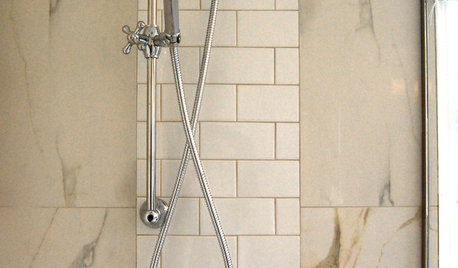
REMODELING GUIDES9 Ways Grout–Yes, Grout–Can Add to Your Design
Choose From a Palette of Grout Colors for a Warm, Unified Look
Full Story
BATHROOM DESIGNConvert Your Tub Space Into a Shower — the Tiling and Grouting Phase
Step 3 in swapping your tub for a sleek new shower: Pick the right tile and test it out, then choose your grout color and type
Full Story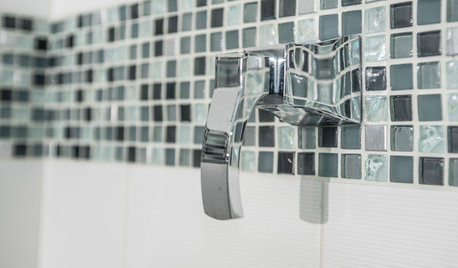
TILE3 Key Steps for Grouting That Looks Its Best
Get your grout right to keep your tile beautiful and for an installation that will last
Full Story
TILEEpoxy vs. Cement Grout — What's the Difference?
Grout is grout, right? Nope. Cement and epoxy versions have different appearances, durability and rules of installation
Full Story
BATHROOM WORKBOOKStandard Fixture Dimensions and Measurements for a Primary Bath
Create a luxe bathroom that functions well with these key measurements and layout tips
Full Story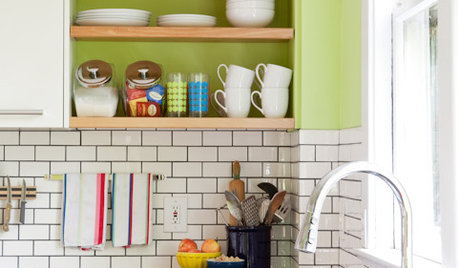
KITCHEN DESIGNSubway Tile Picks Up Gray Grout
Heading into darker territory, subway tile offers a graphic new look for kitchens, bathrooms and more
Full Story
CONCRETEWhy Concrete Wants to Crack
We look at the reasons concrete has a tendency to crack — and what you can do to help control it
Full Story
HOUSEKEEPINGHow to Clean Grout — Stains and All
If your grout is grossing you out, this deep-cleaning method will help it look new again
Full Story
SELLING YOUR HOUSE10 Tricks to Help Your Bathroom Sell Your House
As with the kitchen, the bathroom is always a high priority for home buyers. Here’s how to showcase your bathroom so it looks its best
Full Story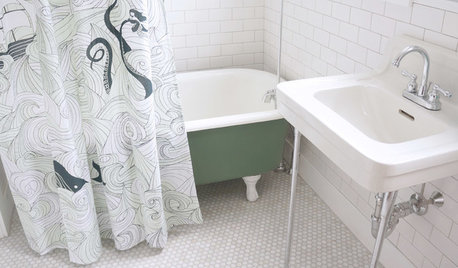
BATHROOM MAKEOVERSRoom of the Day: See the Bathroom That Helped a House Sell in a Day
Sophisticated but sensitive bathroom upgrades help a century-old house move fast on the market
Full Story






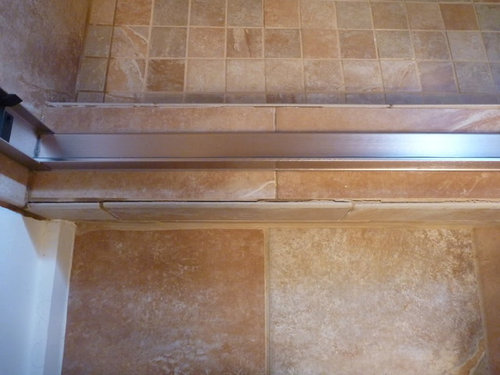
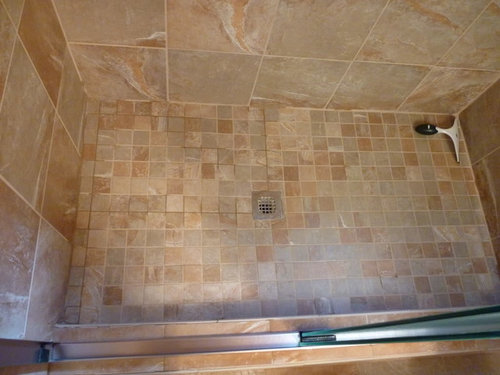
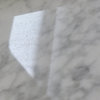


peteinsonj
sabrinafloridaOriginal Author
Related Professionals
Lenexa Kitchen & Bathroom Designers · San Jose Kitchen & Bathroom Designers · Forest Hill Kitchen & Bathroom Remodelers · 20781 Kitchen & Bathroom Remodelers · Chandler Kitchen & Bathroom Remodelers · Chicago Ridge Kitchen & Bathroom Remodelers · Sioux Falls Kitchen & Bathroom Remodelers · Skokie Kitchen & Bathroom Remodelers · Atlanta Glass & Shower Door Dealers · Evanston Glass & Shower Door Dealers · Pacific Grove Glass & Shower Door Dealers · Langley Park Cabinets & Cabinetry · Holt Cabinets & Cabinetry · North New Hyde Park Cabinets & Cabinetry · North Bay Shore Cabinets & CabinetryMongoCT
sabrinafloridaOriginal Author
MongoCT
sabrinafloridaOriginal Author
sabrinafloridaOriginal Author
MongoCT
sabrinafloridaOriginal Author